Principle of hand-brewing coffee freshness of coffee beans grindness brewing water temperature extraction time hand flushing
People who are just beginning to know hand-brewed coffee are often frightened by a dazzling array of utensils and precautions, and they don't know where to start with kettles and filter cups. In fact, no matter what brewing equipment is used, the extraction of coffee revolves around wetting, dissolving and releasing. This time in front of the street, let's talk about the principle of hand-brewing coffee.
Brewing coffee is actually the process of extracting molecules from coffee cells, and this process includes the following three steps: wetting, dissolution, and release, which occur one after another and interact with each other, and finally produce the special flavor of coffee.
[wet]
Literally, coffee powder is wetted when it touches water, which is the starting point when coffee cells begin to release molecules. That is, the stuffy steaming process often mentioned in the front street.
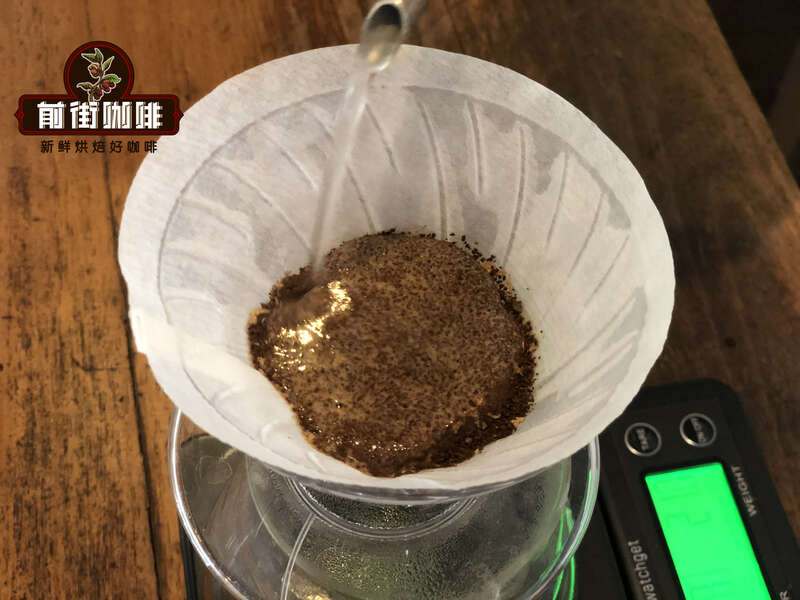
Roasted coffee beans are filled with carbon dioxide, and the fresher the beans, the more carbon dioxide they contain. When the hot water touches the coffee powder, the carbon dioxide will be released first, forming a layer of air bubbles on the surface, and the coffee powder in the filter cup will begin to expand when the hand is flushed. Therefore, after wetting the coffee powder, we will stop injecting water and wait for the complete release of carbon dioxide and the coffee powder to stop expanding and then continue to heat the water in order to achieve a better extraction effect.
[dissolve]
Dissolution refers to the process of dissolving soluble molecules in coffee cells in hot water, which is the most important step in deciding to extract the flavor of coffee, which is often said in front of the street.
A coffee bean is made up of 70% insoluble cellulose and another 30% is soluble odor molecules that are dissolved in order according to the size of the molecules when they come into contact with water. The first small molecular substances to be dissolved include acid and aroma, such as flower aroma, citrus acid, etc., then middle molecular sweetness, such as sweet juice, honey, brown sugar, etc., and finally the bitter taste of macromolecules. This is how coffee tastes at different levels. Therefore, if you like the sweeter taste, the extraction time should be shorter, because the longer the hot water stays on the coffee powder, the more bitter molecules will be dissolved.
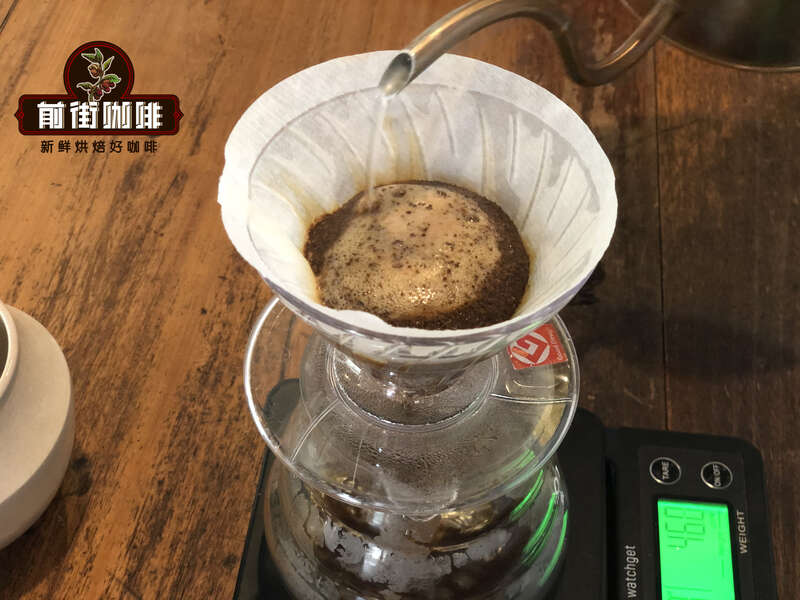
It is mentioned in the front street above that the maximum size of a coffee bean is about 30% (that is, 70% xylem cannot be extracted), that is, 10g coffee powder has at most 3G coffee soluble extract, while a cup of delicious coffee, the best extraction rate of coffee, that is, 60% 70% of the maximum soluble matter of 30% coffee is the most suitable extraction, which is less than 60% (less than 18%). The coffee flavor will show incomplete flavor. When the extraction rate is more than 70% (the extraction rate is more than 22%), the coffee will be overextracted, and the coffee will show bitter, spicy and bad taste, so the best extraction rate of coffee is 18%-22%, which can be steadily achieved. Qianjie generally recommends 1:15 ratio for brewing.
[diffusion]
After the odor molecules dissolve, they leave the coffee cells by osmosis, a process called diffusion. After the odor molecules are diffused into hot water, the final coffee extract is formed. It is also mentioned in the front street above that the extraction of a cup of coffee is to first extract the acid, then to the sweet, and finally to the bitter taste, so after a cup of coffee is extracted, it must be shaken a few times so that the coffee liquid can be evenly mixed, so that the most complete coffee flavor can be tasted.
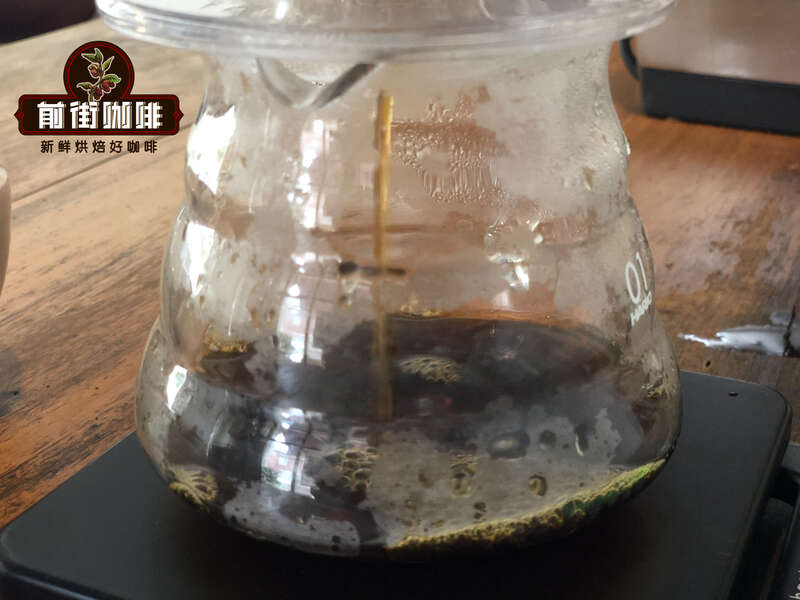
Once you understand the principle, you should be able to understand the effects of different hand-brewing conditions on the flavor of coffee. All the different factors revolve around one core: freshness, grindness, water temperature and extraction time.
Freshness
The freshness of coffee is critical to the quality of coffee. If coffee beans are placed for too long after roasting, it will lead to the loss of coffee taste and aroma. The best taste period for Qianjie coffee beans is 30 days. After 30 days, the aroma molecules of caffeine decrease with the release of carbon dioxide, so the coffee beans after the taste period may feel boring and insipid.
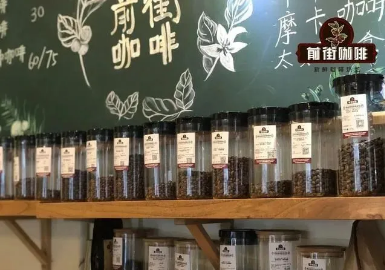
Grinding degree
The finer the coffee beans are ground, the coffee powder is easy to accumulate at the bottom of the filter paper, and the extraction resistance is greater, so the flow rate is slower and the extraction time is longer. The extraction rate of the substances contained in coffee is high, and the coffee brewed is also strong or has mixed flavors such as wood flavor.
The coarser the coffee bean is ground, the larger the gap in the powder layer is, the less coffee powder is in contact with hot water, the weaker extraction resistance, the faster coffee dripping speed and the lower extraction rate, so the coffee flavor is lighter.
Therefore, Qianjie recommends using small Fuji ghost teeth 3.5 grinding medium powder (about the size of fine granulated sugar) for medium and light roasted coffee beans, and using small Fuji ghost teeth 4 grinding coarse powder (about the size of coarse sugar) for medium and deep roasted coffee beans.
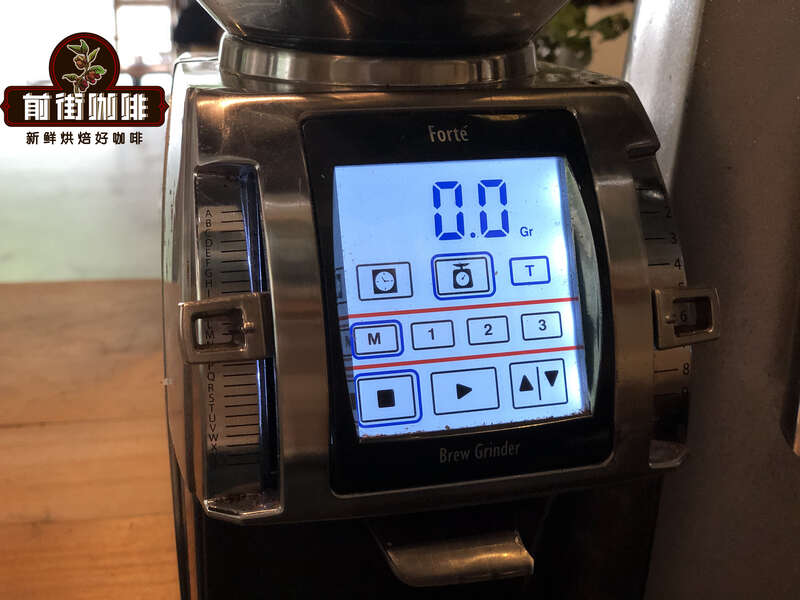
Temperature of boiling water
Qianjie Coffee recommends a water temperature of 90-91 degrees for light roasted beans and 88-89 degrees for medium-and deep-roasted beans.
At the same degree of grinding, if the coffee is bitter, scorched, astringent, etc., the temperature of the extraction water can be reduced; on the other hand, if it is washed out and feels light, it means that there are still many flavors left in the coffee grounds, so you can consider raising the temperature.
The aroma and flavor shown by the extraction with proper water temperature and good temperature are positive and comfortable, for example, the acid quality will be very rich, such as the sweet and sour feeling of plums or drupes, and the overall cleanliness, clarity and transparency. can drink more clearly what flavor, delicate, rich and distinct acidity, and can remind people of a certain fruit or even wine, stay in the mouth lasting, let people aftertaste.
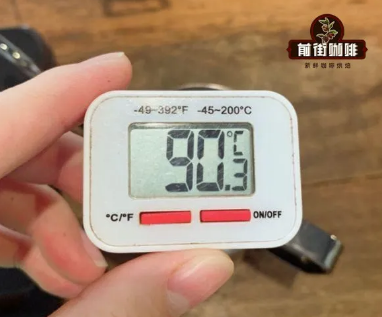
Cooking time
In the extraction of coffee, the aroma and flavor in the early stage are strong, and the concentration is also very high. The later the extract, the taste and aroma will fade. At the same time, the amount of water poured will also affect the extraction time of coffee. If the amount of water is large, then the water will flow down directly, and the extraction time will naturally be shortened. Qianjie coffee generally 15 grams of powder, depending on beans, gouache ratio at 1:15 in the case of brewing time will be less than 2 minutes-2 minutes 30, not easy to lead to over-extraction or insufficient extraction.
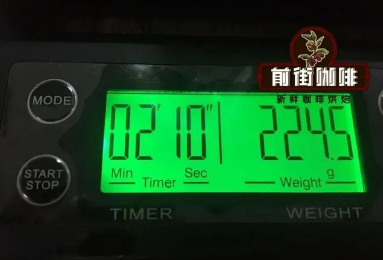
Important Notice :
前街咖啡 FrontStreet Coffee has moved to new addredd:
FrontStreet Coffee Address: 315,Donghua East Road,GuangZhou
Tel:020 38364473
- Prev
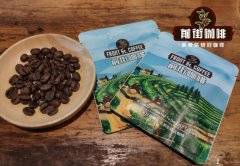
What is the brand of hanging-ear coffee? how do I make it? The taste of hanging-ear coffee in different producing areas
Some people will think that hanging-ear coffee is unprofessional. Qianjie Coffee feels that it can be viewed from another angle. After all, if a kind of delicious food is to be integrated into the public, it needs to be applied in a more simple way. Qianjie coffee in order to make more guests can easily drink delicious fresh coffee beans at home, at the same time, it is not easy to spend too much effort and refinement, it will update the current season every once in a while.
- Next
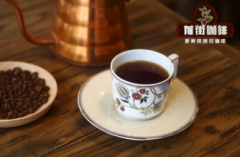
Coffee Flavor Description How to feel and express the sourness, sweetness, bitterness and taste of coffee
Come to the Front Street Cafe, when the barista brews the coffee, he will guide the guests to taste the cup of coffee. There are many fans in the front street who will often hear our barista say this. First, let's smell the aroma, then let's taste this cup of coffee. Do you feel sour, smooth, bitter and so on. So cool.
Related
- Beginners will see the "Coffee pull flower" guide!
- What is the difference between ice blog purified milk and ordinary milk coffee?
- Why is the Philippines the largest producer of crops in Liberia?
- For coffee extraction, should the fine powder be retained?
- How does extracted espresso fill pressed powder? How much strength does it take to press the powder?
- How to make jasmine cold extract coffee? Is the jasmine + latte good?
- Will this little toy really make the coffee taste better? How does Lily Drip affect coffee extraction?
- Will the action of slapping the filter cup also affect coffee extraction?
- What's the difference between powder-to-water ratio and powder-to-liquid ratio?
- What is the Ethiopian local species? What does it have to do with Heirloom native species?

